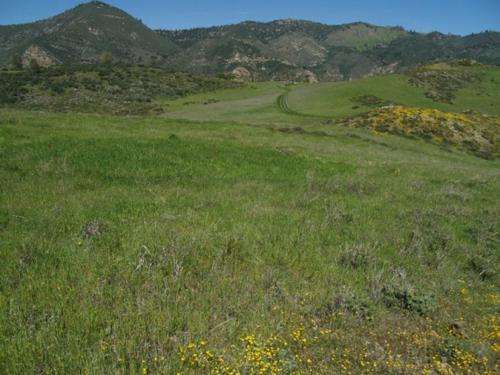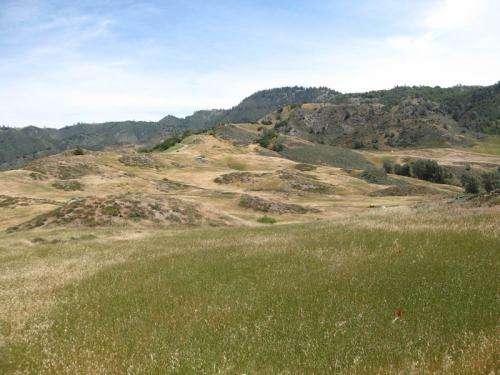Invading species can extinguish native plants despite recent reports

Ecologists at the University of Toronto and the Swiss Federal Institute of Technology Zurich (ETH Zurich) have found that, given time, invading exotic plants will likely eliminate native plants growing in the wild despite recent reports to the contrary.
A study published in Proceedings of the National Academy of Sciences (PNAS) reports that recent statements that invasive plants are not problematic are often based on incomplete information, with insufficient time having passed to observe the full effect of invasions on native biodiversity.
"The impacts of exotic plant invasions often take much longer to become evident than previously thought," says Benjamin Gilbert of U of T's Department of Ecology & Evolutionary Biology (EEB) and lead author of the study. "This delay can create an 'extinction debt' in native plant species, meaning that these species are slowly going extinct but the actual extinction event occurs hundreds of years after the initial invasion."

Much of the debate surrounding the threat posed to biodiversity by the invasions of non-native species is fueled by recent findings that competition from introduced plants has driven remarkably few plant species to extinction. Instead, native plant species in invaded ecosystems are often relegated to patchy, marginal habitats unsuitable to their nonnative competitors.
However, Gilbert and co-author Jonathan Levine of ETH Zurich say that it is uncertain whether the colonization and extinction dynamics of the plants in marginal habitats will allow long-term native persistence.
"Of particular concern is the possibility that short term persistence of native flora in invaded habitats masks eventual extinction," says Levine.
The researchers conducted their research in a California reserve where much of the remaining native plant diversity exists in marginal areas surrounded by invasive grasses. They performed experiments in the reserve and coupled their results with quantitative models to determine the long term impacts of invasive grasses on native plants.
"Invasion has created isolated 'islands of native plants' in a sea of exotics," says Gilbert. "This has decreased the size of native habitats, which reduces seed production and increases local extinction. It also makes it much harder for native plants to recolonize following a local extinction."
"Our research also allows us to identify how new habitats for native flora could be created that would prevent extinction from happening. These habitats would still be too marginal for invaders, but placed in such a way as to create 'bridges' to other habitat patches," says Gilbert.
More information: The findings are reported in the paper "Plant invasions and extinction debts" in PNAS' Early Edition this week.
Journal information: Proceedings of the National Academy of Sciences
Provided by University of Toronto

















